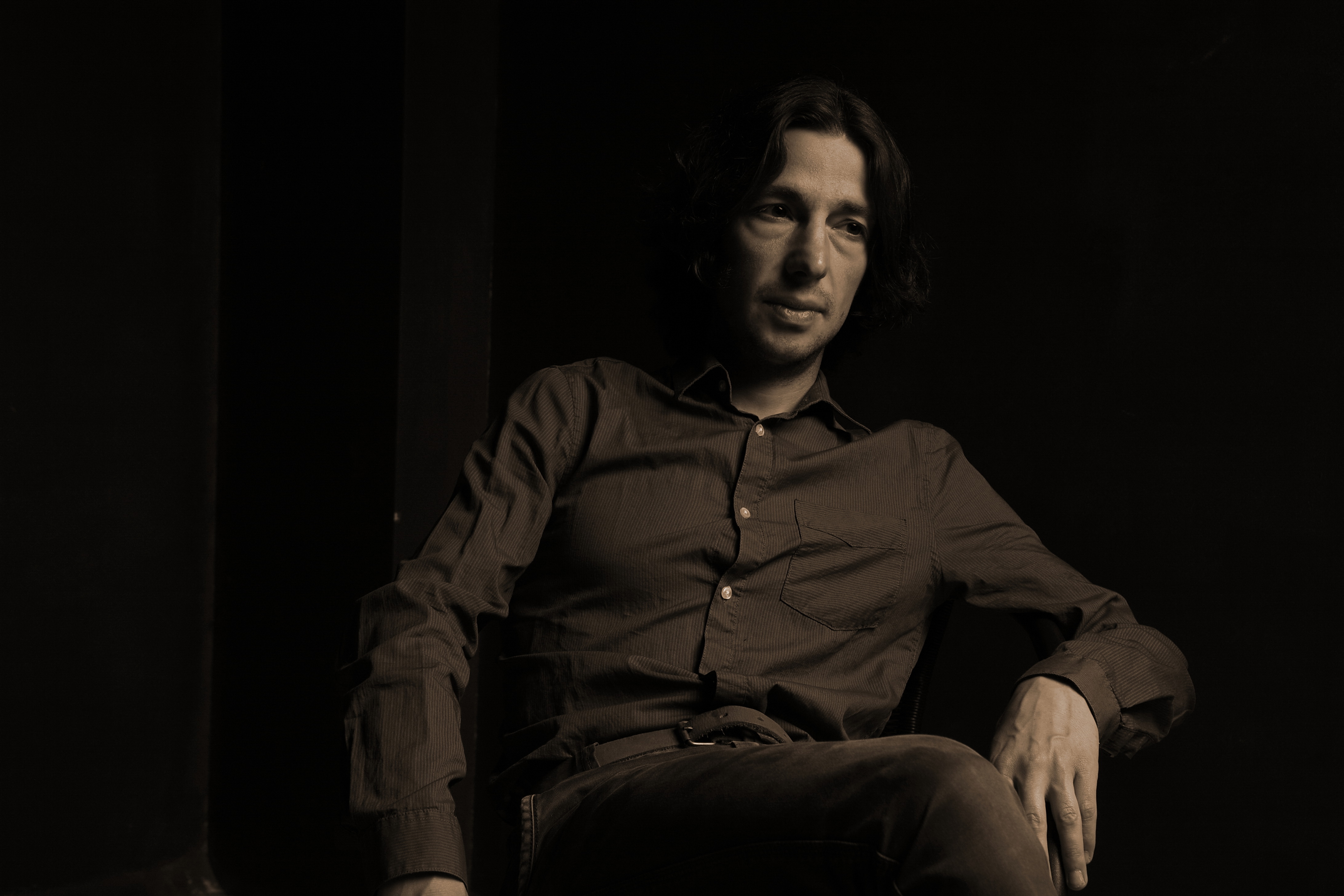Foundation of M. K. Čiurlionis presents Victor Paukštelis
Victor Paukštelis,piano
Weill Recital Hall at Carnegie Hall, New York, NY
November 30, 2016
It is a pleasure to review the fine Lithuanian pianist Victor Paukštelis in what was his second New York concert at Weill Recital Hall at Carnegie Hall. Just last year he presented a recital in the same venue and was quite favorably reviewed by David La Marche for New York Concert Review (as the reader can see here: Review). I was delighted to find, after forming my own opinions, that Mr. La Marche and I had at least two strong points of agreement.
The first point is that Mr. Paukštelis possesses an admirable sense of architecture in the building of a program. That is no minor achievement. His sequence of selections was expertly conceived in terms of length, key, style, and emotion. On this occasion his opening of Handel’s Suite in E major (HWV. 430) established a tone of regal dignity and contemplation, inviting us to join his musical journey with confidence. (If this artist’s dual career as a pianist and painter had raised any questions about his ability to keep up with the monomaniacal pianists of today, any doubts were quickly dispelled.)
It made good sense to follow with Beethoven, one of Handel’s great admirers, and the flow was perfect key-wise to the Sonata Quasi Una Fantasia in C-sharp minor, Op. 27, No.2 (popularly called the “Moonlight Sonata”), which the pianist paced beautifully from its meditative start through to its stormy third-movement bursts.
Then, instead of intermission in this taut hour-long program, Mr. Paukštelis offered what amounted to a musical breather via three brief works by Estonian composer Arvo Pärt (b. 1935), the Variations for the Healing of Arinuschka, Für Alina, and Anna Maria. Those who know the style of Pärt (sometimes called a “holy minimalist”) know that it can transport a listener to another universe through sheer purity of tone and texture, so these works were in effect their own “intermission” (sans chattering crowds) – an ingenious touch. The pianist played all three with refinement and sensitivity.
One was then ready to be swept up in the Romanticism of Chopin’s Ballade No. 1 in G minor and Scriabin’s mystical and fiery Sonata No. 5, Op. 53 for a close. The dramatic trajectory was perfect, and it was all a captivating musical journey just shy of an hour, not including four encores (a good fifteen minutes worth).
My second point of agreement with the prior New York review is that Mr. Paukštelis is (as David La Marche aptly states) “a highly individual artist with a very clear vision.” A testament to this pianist’s strong individuality of conception is that he gave a feeling of newness and energy to works which are anything but new (with the exception of the Pärt). The Handel is a four-movement suite closing with a set of five variations on one of Handel’s most famous themes (known as the “Harmonious Blacksmith”). In the wrong hands it can sound stale, but Mr. Paukštelis, though his attentive articulations, strong sense of shape, and most of all deep connection to the music, gave it a bold energy that made it feel new.
The Handel wasn’t the only one of the evening’s selections belonging to that paradoxical category of works “so overdone that no one does them.” Beethoven’s “Moonlight” Sonata, attempted by nearly every intermediate piano student, falls squarely in this category, but the artistic Mr. Paukštelis breathed life into it it from its dreamy Adagio sostenuto to the gracious Allegretto and the impassioned Presto agitato. His playing had involvement, insight, and intensity. Though I had very few quibbles (including perhaps an excessive pedal blur in the last movement chromatic scale), criticisms seem moot in the light of such a persuasive conception.
Chopin’s Ballade in G minor, another top-ten list piece for pianists, followed suit – remarkably expressive in this pianist’s hands, but without the gnashing of teeth and histrionics that it sometimes arouses. It was thoughtfully conceived and held the audience rapt.
Among reservations, this listener prefers a deeper, fuller sound at Chopin’s peaks, some of which were a tad brittle. Similarly, in Scriabin’s Op. 53, one wanted to feel a bit more unleashing of power and abandon, where the emphasis seemed instead to be on precise articulation. Again, though, there did seem to be integrity and intelligence behind just about every decision.
Though it seems nitpicky to comment on administrative details, Mr. Paukštelis deserved to have had biographical notes that are in clearer English without so many typographical errors. He filled a hall amply with responsive listeners and will surely fill it more next time. He deserves to be well presented.
Standing ovations were met with several encores including Chopin’s Scherzo in B minor, Op. 20, the Tambourin from the Suite in E minor by Rameau, and the Sarabande from the English Suite in G minor. I look forward to hearing this pianist again.


